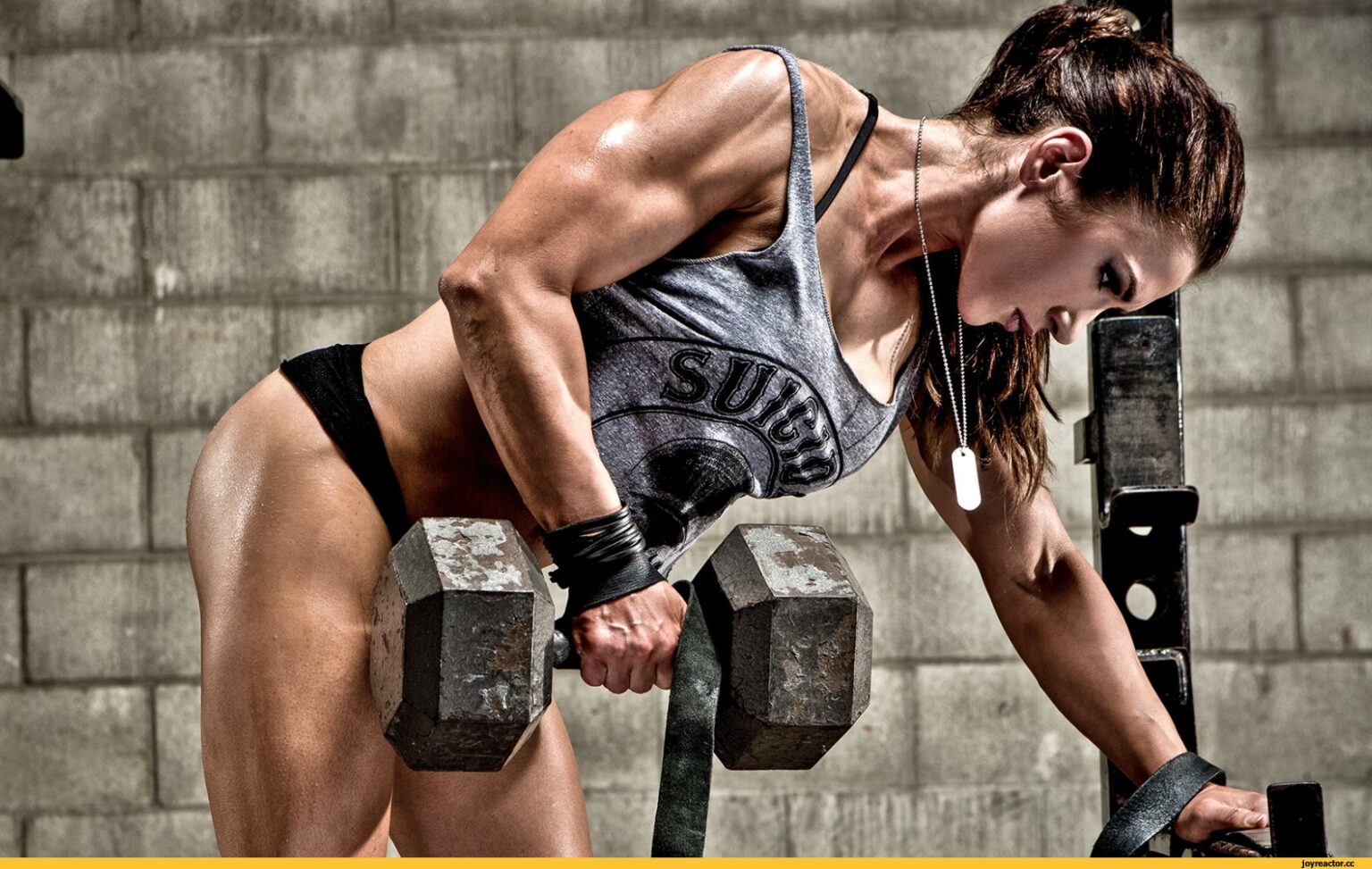Q: What is Concentric Super Overload and why would it benefit my training routine when I already lift heavy? Also, what exercises can you do this on? Do you need a partner?
A: People assume that getting stronger will make them bigger and it’s not quite that simple. It’s much more complex. Fact is, lifting heavier weight will not always lead to more hypertrophy. Maximum growth depends largely upon overloading the areas. So while the 1-3 rep max can assist you in the growth process, it’s just one simplistic approach to the sport.
In CSO, the goal is to force your muscles to work concentrically past what they are accustomed to doing. So, it isn’t about the whole strength or max rep picture. It accomplishes the task of overload in the same way that negatives accomplish their goal. Negatives eliminate the concentric portion and focus on the eccentric phase. CSO does the same, but inversely.
The partner idea is always a good one when choosing either the concentric or eccentric overload. That’s because you need to keep safety in mind, while focusing on doing your best and not getting injured. So let’s say you were doing preacher curls using an EZ curl bar. You curl the weight, and your partner would grab it from you to put it back in your hands at the bottom of the rep again. And if you didn’t have a partner, you could do your workout on machines that allow you to take the weight off with a foot peddle and lower it safely.
Lots of machines do this, from Hammer Strength to Cybex to some Nautilus. So, in short, the overload in CSO isn’t about the weight you use as much as overloading the muscle with a heavy weight for half of the movement… In theory, this would mean twice as heavy, but you’ll find it’s about 1.5 times as heavy, or maybe less until you get the feel for it.

